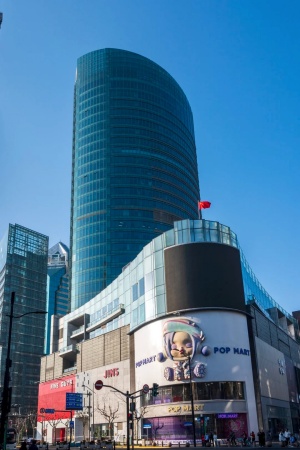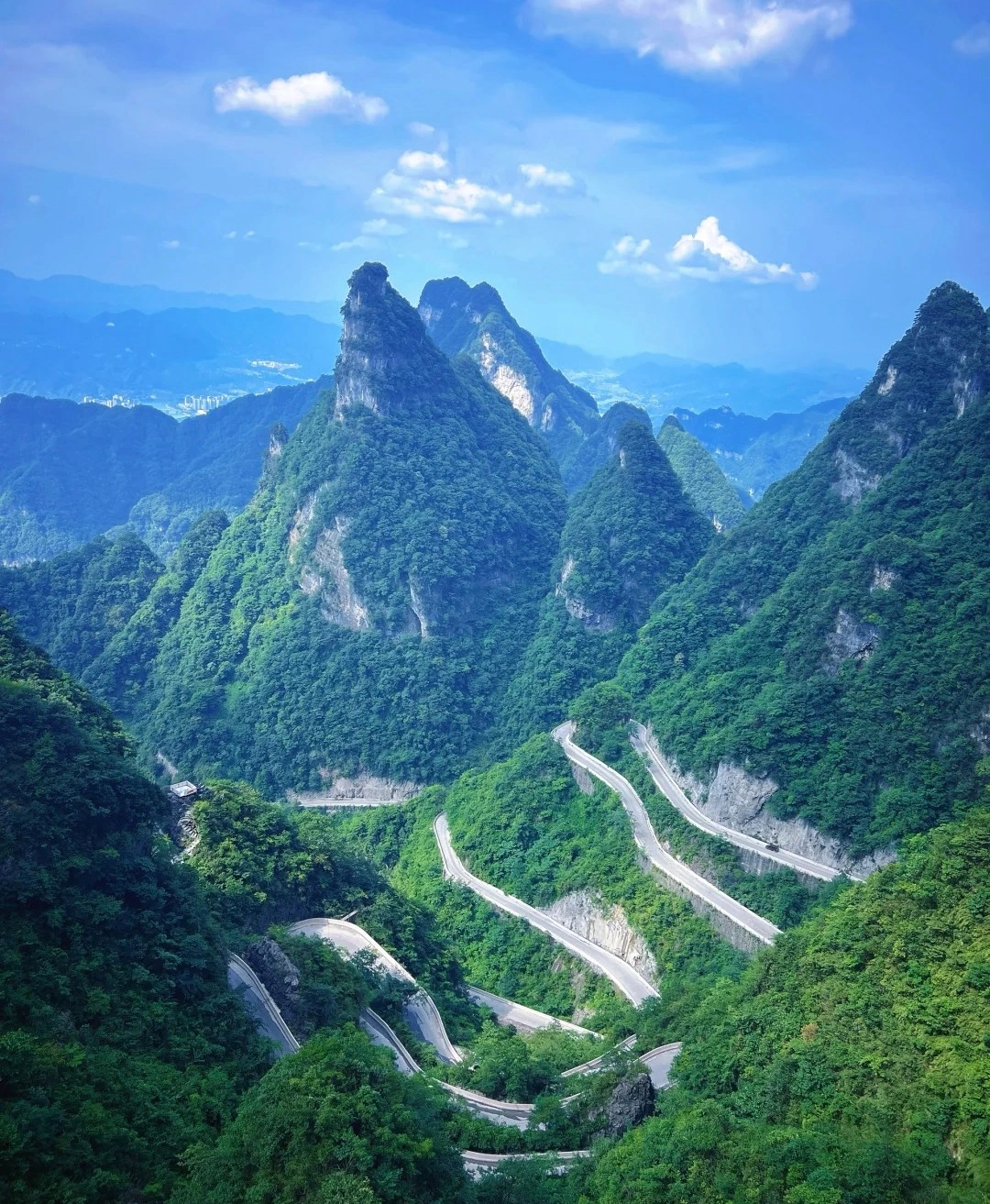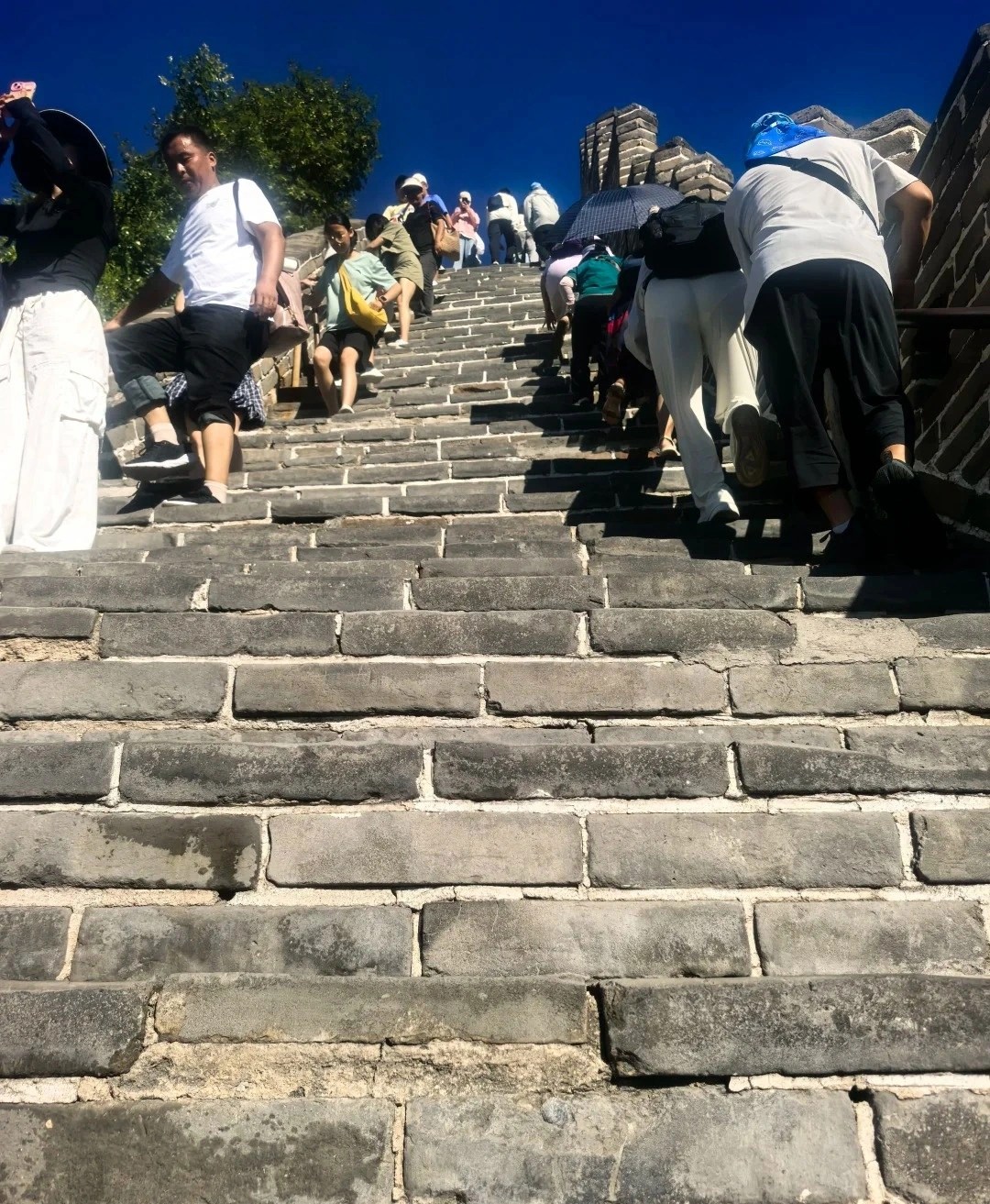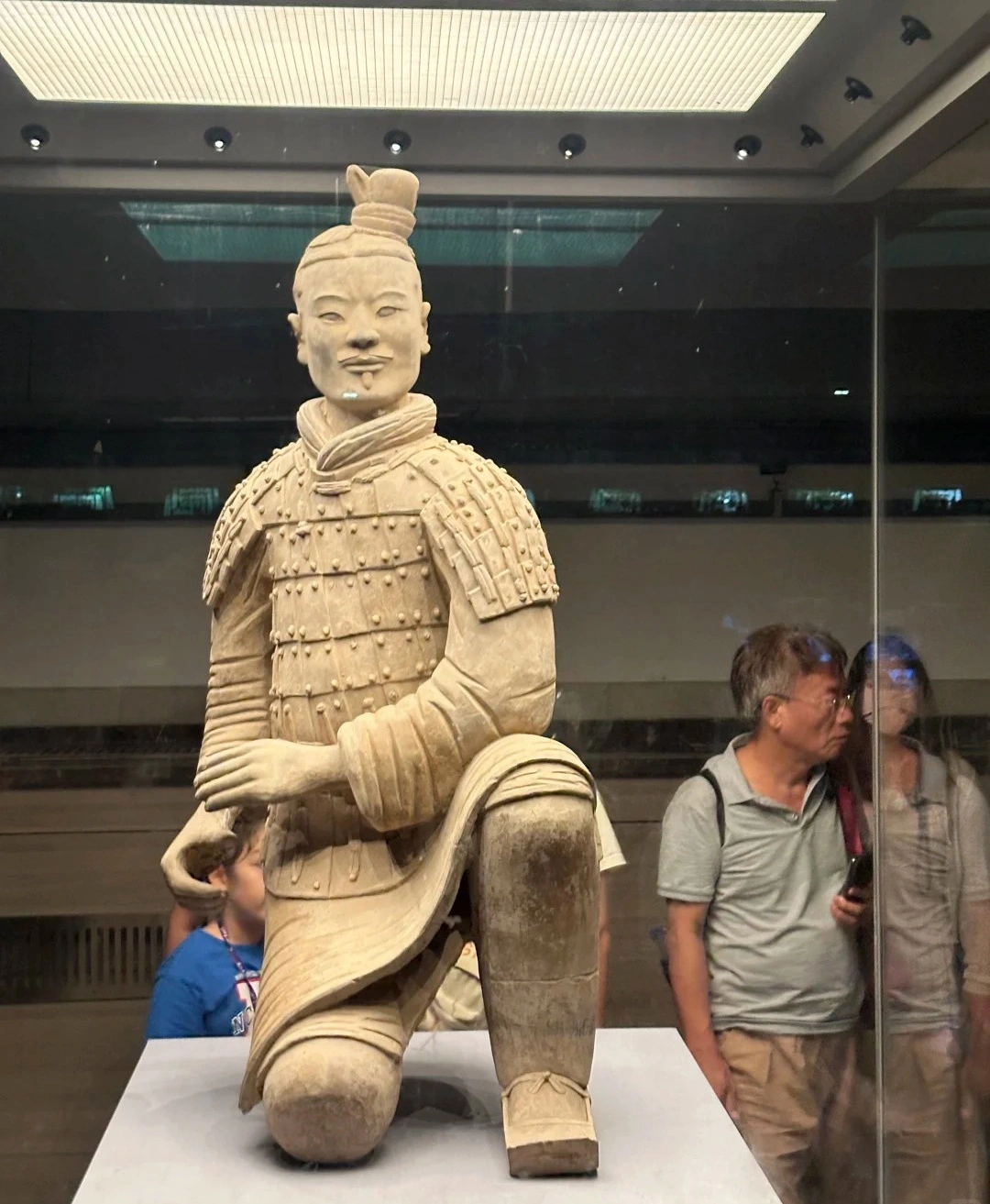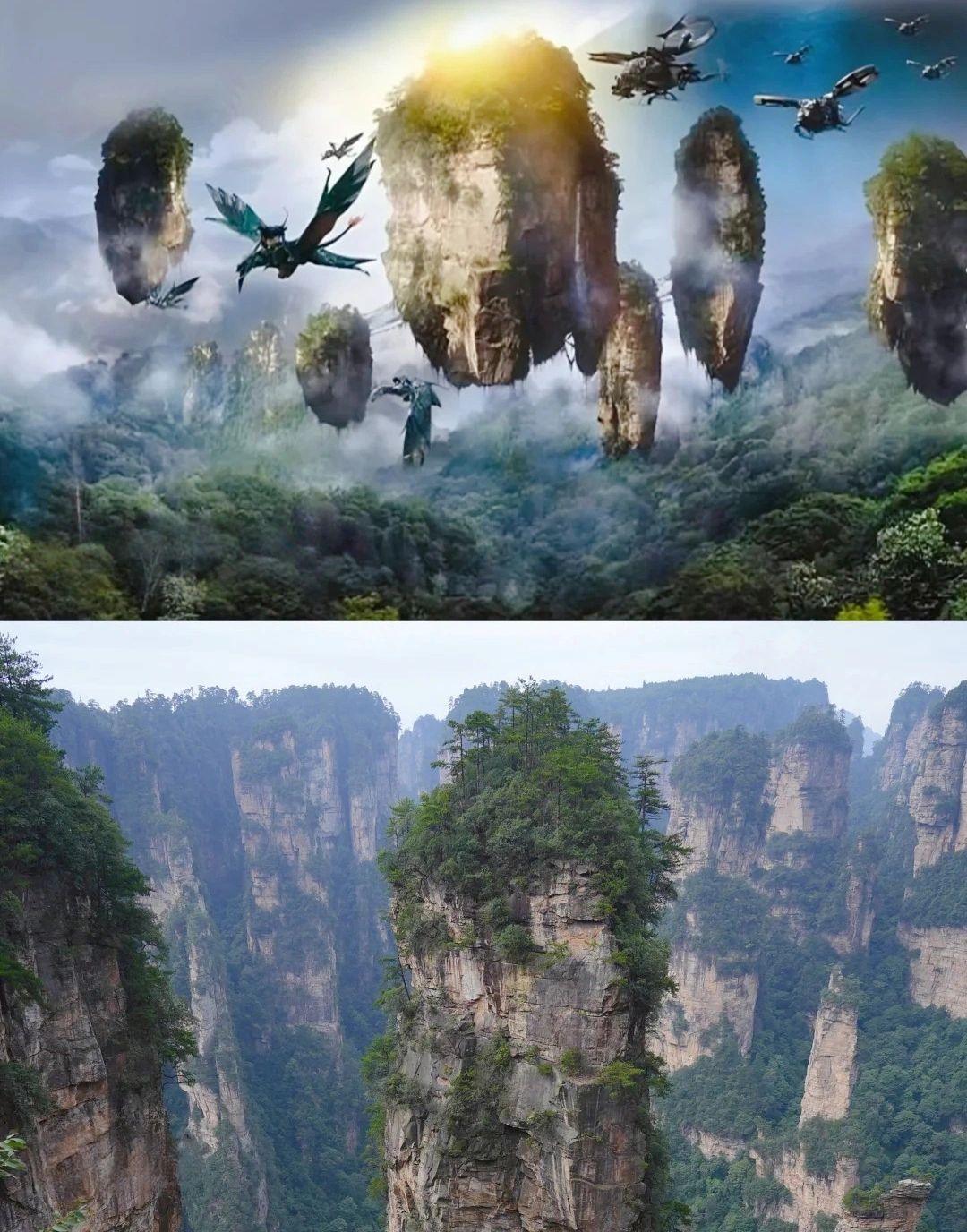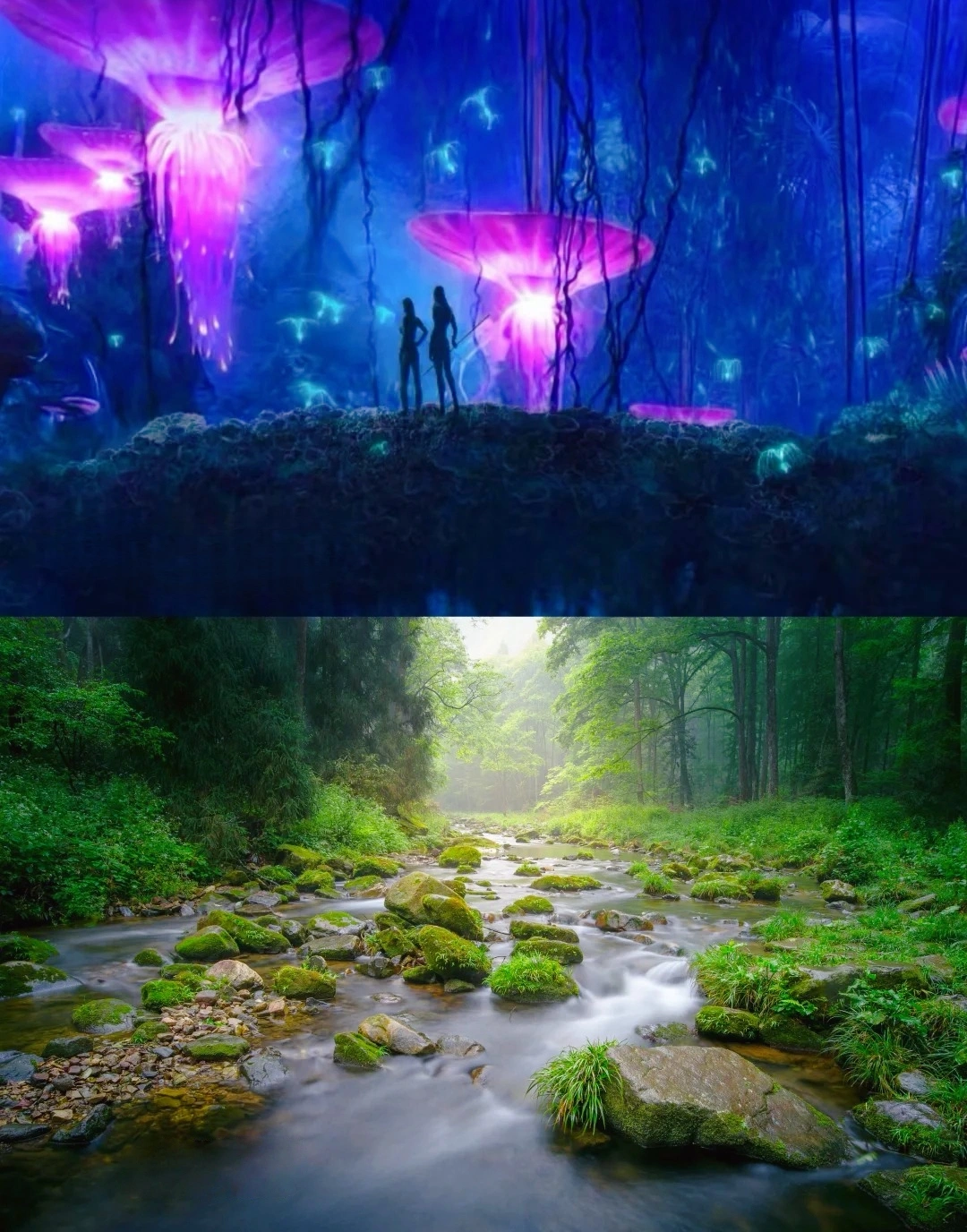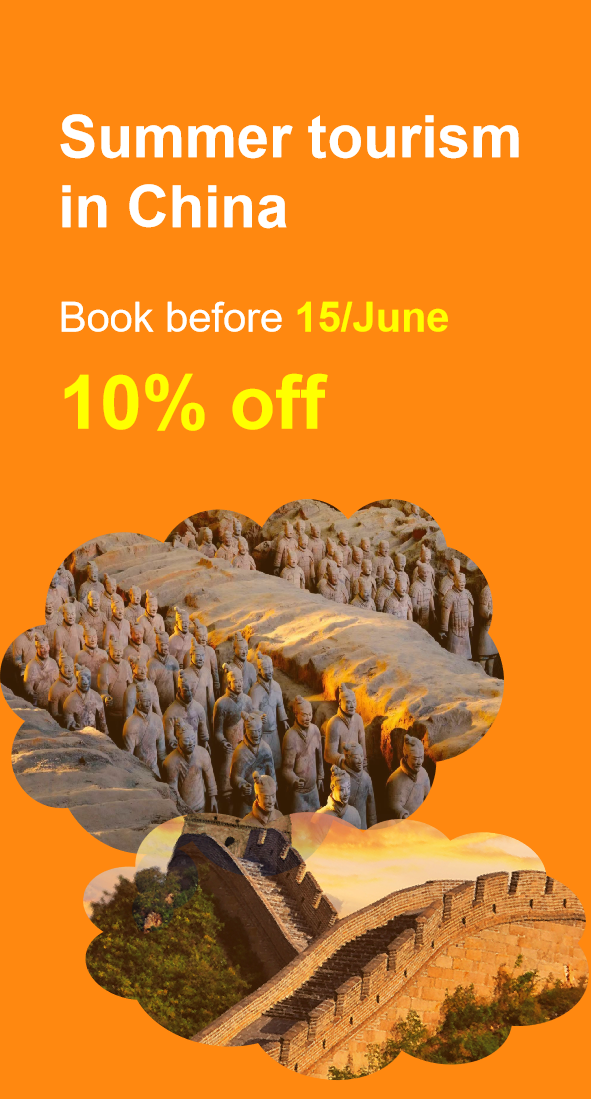Hunan Provincial Museum
Historical Overview
Founded in 1951, the museum initially operated from a historic mansion before relocating to its current site in 1974. Key developments include the 1972–1974 excavation of the Mawangdui Han Tombs, which yielded over 3,000 well-preserved artifacts, including the famed "Lady Dai’s" silk funeral banner. In 2009, the museum launched a decade-long expansion project, reopening in 2017 with enhanced facilities. It now hosts international exhibitions, such as the 2023 "Silk Road Relics" show, and conducts active archaeological research.
Structural Layout
The museum is divided into five core zones:
- Mawangdui Han Tombs Exhibition: Displays artifacts from the Western Han Dynasty, including the "T-shaped silk banner" and Lacquerware.
- Chu Culture Gallery: Features bronze ritual vessels, jade artifacts, and weapons from the Warring States period.
- Hunan Revolutionary History Hall: Chronicles the province’s role in the 1911 Revolution and Communist Party history.
- Art Gallery: Showcases Ming-Qing dynasty paintings, calligraphy, and modern Hunanese art.
- Special Exhibitions Hall: Hosts rotating international and thematic displays.
Key structures include a glass-roofed atrium modeled after Chu-era architecture and a 4D cinema for immersive historical experiences.
Major Attractions
- Mawangdui Silk Banner: A 2-meter-wide funerary banner depicting cosmic mythology, dated to 168 BCE.
- Bronze Zun with Four Rams: A National Treasure-level ritual vessel from the Shang Dynasty.
- Lady Dai’s Mummy: One of the best-preserved corpses from the Han Dynasty, displayed in a climate-controlled case.
- Revolutionary Leader’s Relics: Personal items of Mao Zedong and other Hunan-born revolutionaries.
- Chu Culture Interactive Zone: Virtual reality reconstructions of ancient Chu cities.
Suggested Itineraries
- Classic Route (2–3 hours):
Entrance → Mawangdui Exhibition → Chu Culture Gallery → Revolutionary History Hall → Exit.
Highlights: Han Dynasty artifacts and Hunan’s revolutionary legacy. - Art Focus Route (3–4 hours):
Entrance → Art Gallery → Special Exhibitions Hall → 4D Cinema → Exit.
Highlights: Ming-Qing art and modern multimedia displays. - Comprehensive Route (Full Day):
Entrance → Guided Tour (All Zones) → Workshop (Bronze Casting Demo) → Rooftop Garden → Exit.
Highlights: In-depth exploration and hands-on activities.
Ticket Purchase
- Online: Book via the official website or WeChat mini-program (up to 7 days in advance).
- On-Site: Free basic entry; special exhibitions require tickets (¥20–50).
- Prices:
- Basic Exhibition: Free (ID required).
- Special Exhibitions: ¥20–50 (adults), ¥10–25 (students/seniors).
- Guided Tours: ¥30 (additional).
- By Subway: Line 1 to "North Station" (Exit 4), then 10-minute walk.
- By Bus: Routes 112, 113, or 146 to "Hunan Museum Stop."
- By Taxi: Direct to "Hunan Provincial Museum" (¥25 from downtown Changsha).
- Self-Drive: Parking available (¥5/hour).
Best Time & Tips
- Peak Seasons: May–October (summer holidays), November–April (quieter).
- Avoid Crowds: Visit weekdays; weekends require early arrival.
- Essentials:
- Bring ID for free entry and special exhibitions.
- Wear light clothing (exhibition halls are warm).
- Photography allowed (no flash on artifacts).
- Prohibited: Food, drinks, and large bags.
Contact Us
Что говорят наши клиенты?
На основе более 10 000 отзывов путешественников
